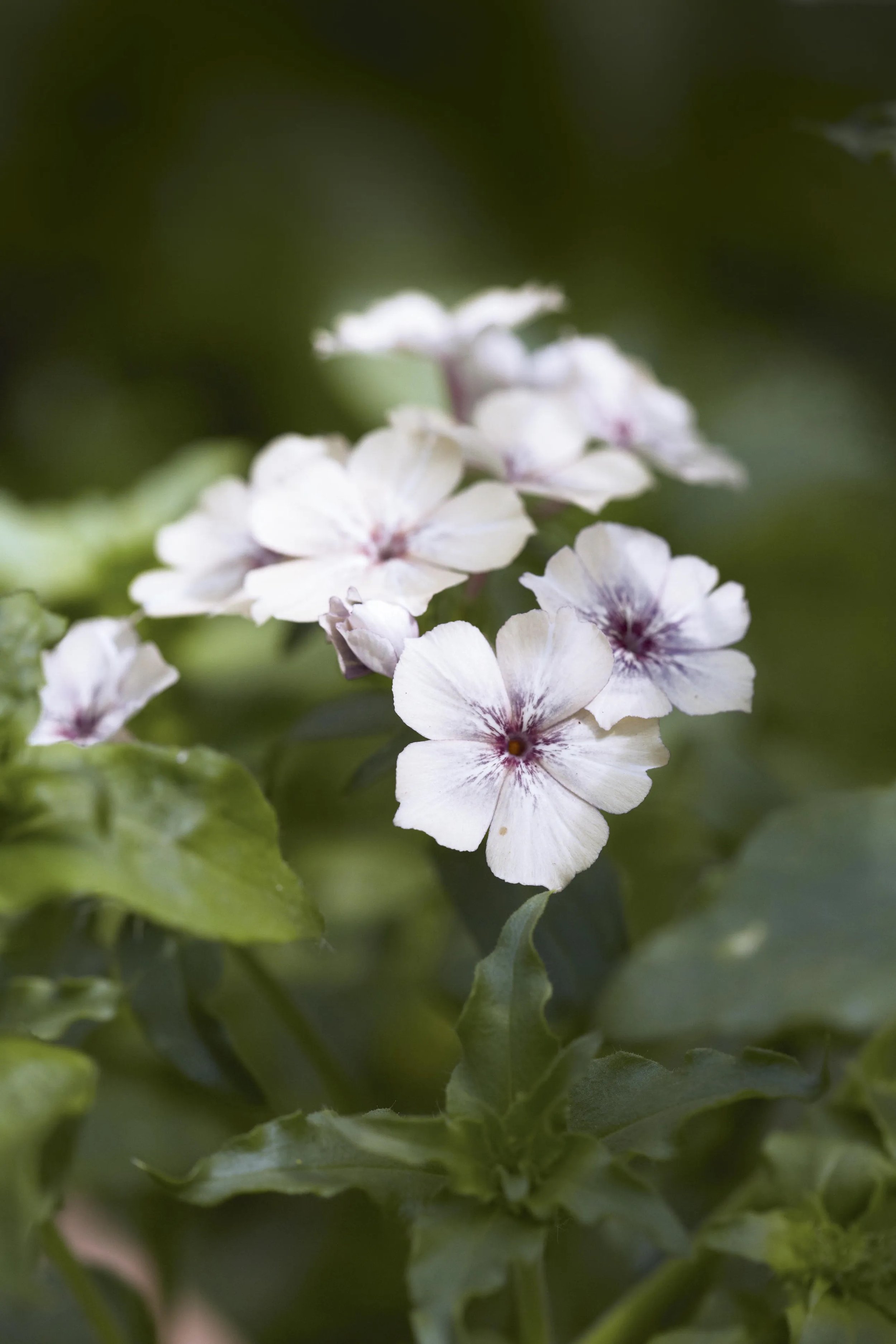House & Garden | A Garden in Wiltshire
By Clare Foster | Photography by Britt Willoughby Dyer
A garden overflowing with flowers for cutting in the Wiltshire countryside
An interest in cut flowers has developed into a successful artisan floristry business for Polly Nicholson, who makes excellent use of the blooms she grows and forages for at her Georgian house in Wiltshire.
Polly Nicholson is a self-confessed workaholic. ‘I have overly perfectionist tendencies,’ she says with a laugh. ‘It’s utterly exhausting, but I love what I do. This second career has been a happy coincidence.’ Polly runs an artisan cut-flower business, Bayntun Flowers, from her home in Wiltshire (featured in the September 2015 issue of House & Garden). Starting a business was never in the grand plan, but after a first career as an antiquarian book specialist at Sotheby’s, she found herself with young children yearning for another challenge, and took herself off to Chelsea Physic Garden to do a year’s diploma in Practical Horticulture. By the end of the course, she and her husband Ed were beginning to set their sights on a house in the country and it was the discovery of Blackland House just outside Calne that sent her on a new, exciting trajectory.
Blackland, it turns out, is appropriately named. ‘We have the most extraordinary black alluvial soil here,’ explains Polly. ‘It was unadulterated pasture before we arrived – and the ground is free draining – so the growing conditions couldn’t be better.’ The place was crying out for a new garden so, after they had renovated the Georgian house, the couple commissioned Arne Maynard to redesign the areas immediately around the house, including a new walled garden making use of existing outbuildings along one side. ‘Arne put in the framework and I have been filling in the plants,’ she explains.
MAY WE SUGGEST: Polly Nicholson's flower-filled Georgian house in Wiltshire
Wanting to put into practice what she had learned at the Chelsea Physic Garden, she started growing annuals, which gave gratifyingly instant results. ‘I wanted to have flowers to cut and bring into the house,’ she says. ‘I’ve always foraged for flowers – even when very young, I would pick whatever I could find to make little bunches.’ Soon her friends were asking her to make hand-tied arrangements for them and, as her confidence grew, she started doing flowers for funerals and other events. Polly now employs three part-time gardeners and the growing beds have spilled out of the garden into a designated cut-flower field, with a polytunnel for early and late crops.
‘My floristry is entirely led by what’s in season,’ says Polly. ‘We have 100 acres, so I harvest from the hedgerows and trees as well as what we grow. In fact, I cut from the whole garden – practically everything is planted and designed with that in mind.’ The walled garden near the house is the powerhouse of the business, with a huge Victorian-style Foster & Pearson glasshouse and rows of cold frames to house the constant traffic of seedlings throughout the growing season. Pristine beds are planted with rows of campanulas, foxgloves and other perennials for cutting. Topiary forms give the walled garden elegant structure, and self-seeding flowers and herbs colonise the gravel, softening the rows of blooms.
In other parts of the garden, things are left looking more natural, which suits the setting overlooking the River Marden and the fields beyond. ‘We’ve deliberately left large areas undesigned,’ says Polly. ‘I think it’s important to keep wild spaces, otherwise the garden just feels like a modern extension to the house.’ Having said that, she is constantly developing the space to create more possibilities for cutting, working with talented head gardener Hannah Gardner. Last year, they planted fritillaries and species tulips in the lawn that slopes down to the river. On the other side, they are creating a river walk with hundreds of candelabra primulas, which Polly is visualising in arrangements mixed with cowslips. They are also making a new woodland bed with shrubs for cutting. This is a productive garden, then, but it is also very beautiful, with the practical always balanced by the decorative.
Aside from the drive for aesthetic perfection, the most important part of the whole enterprise for Polly is that it is as self-sustaining and organic as possible. ‘We’re under conversion for organic status with the Soil Association,’ she says. ‘We use companion planting methods, keep bees, coppice our hazel to make plant supports and use our own compost and manure. We also put in a borehole and harvest rainwater for irrigation.’
This meticulous, almost academic approach is typical; Polly does not do things by halves. One of her passionate interests is in historic tulips. She is not only researching and growing some incredibly rare varieties, but also trying to increase her crop by growing her own bulbs, an endeavour that takes skill, knowledge and time. She and her team also trial different annuals every year, keeping their finger on the pulse of what’s in vogue and what’s new.
The results of all this hard work are the flower arrangements that Polly assembles in the Coach House, a stone outbuilding adjacent to the walled garden. Her creations are loose, naturalistic and romantic, with foraged branches alongside ornamental blooms displayed in vintage jugs or glass medicine bottles. ‘My arrangements are very gathered, textural, scented. I’ve never been taught, so they aren’t formulaic.’ She describes her displays as ‘maximalist’. ‘I hate being mean – I have so many flowers out there, so why not use them? More is more – that’s my motto’.















